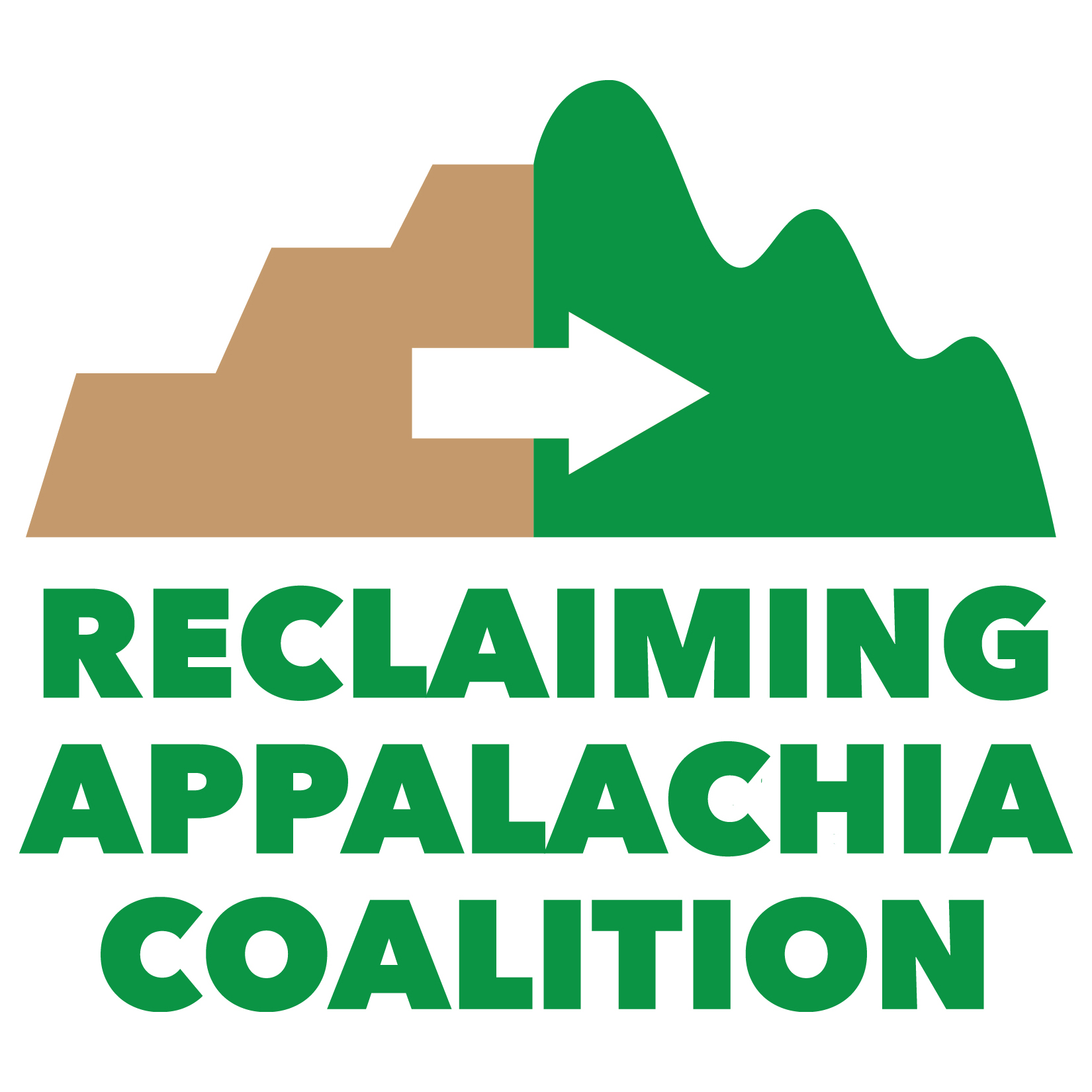EPA’s Brownfields Program is designed to empower states, communities, and other stakeholders in economic redevelopment to work together in a timely manner to prevent, assess, safely clean up, and sustainably reuse brownfields.
The 2018 Brownfields Utilization, Investment and Local Development (BUILD) Act reauthorized EPA’s Brownfields Program, and authorized changes that affect brownfield grants, ownership and liability provisions, and State & Tribal Response Programs.
Brownfield grants continue to serve as the foundation of EPA’s Brownfields Program. These grants support revitalization efforts by funding environmental assessment, cleanup, and job training activities. Read more at https://www.epa.gov/brownfields/overview-epas-brownfields-program
Consistent with the Consolidated Appropriations Act, 2019, OSMRE has made funding available for projects in the Abandoned Mine Land Reclamation Economic Development Pilot Program (AML Pilot). This pilot program will provide grants to the six Appalachian states with the highest amount of unfunded Priority 1 and Priority 2 Abandoned Mine Land (AML) sites based on OSMRE AML inventory data as of September 30, 2018 and the three tribes with Abandoned Mine Land Programs.
The following states will each receive $25 million – Kentucky, Pennsylvania, and West Virginia; Alabama, Ohio, and Virginia will each receive $10 million; while the Navajo Nation, Hopi Tribe, and Crow Tribe will each receive $3.33 million in order to accelerate the remediation of AML sites with economic and community development end uses. The intent of the pilot program is to explore and implement strategies to return legacy coal sites to productive uses. See more at https://www.osmre.gov/resources/grants.shtm
The Clean Ohio Fund restores, protects, and connects Ohio’s important natural and urban places by preserving green space and farmland, improving outdoor recreation, and cleaning up brownfields to encourage redevelopment and revitalize communities.
Virginia Department of Housing and Community Development Community Development Block Grants
The Virginia DHCD offers several Community Development Block Grants (CDBG) for use by communities in need. The CDBG Community Economic Development Fund grants support economic development activities that create employment opportunities for low- and moderate-income persons. CDBG Community Improvement Grants help communities in implementing projects that will most directly impact the greatest needs of the community, including for comprehensive community development, business district revitalization, community infrastructure, and community service facilities.
CDBG Construction-Ready Water and Sewer Fund supports projects that provide public water or sewer service to communities with a certain percentage of low- to moderate-income households. CDBG Local Innovation Fund provides funding for innovative, small-scale projects. CDBG Planning Grants provides grants to aid in developing clearly articulated strategies for addressing a locality’s greatest community development needs following meaningful citizen participation. Lastly, CDBG Urgent Need Fund Grants help communities respond to existing serious and immediate threats to local health and safety.
Virginia Tobacco Region Revitalization Commission
The Tobacco Region Revitalization Commission has seven grant programs and a loan program to support communities in developing a diverse economy in South and Southwest Virginia. Grant funding is available for research and development, special projects, job-creation projects, economic development, education, and agribusiness.
West Virginia Nonpoint Source Program
The 1987 amendments to the Clean Water Act (CWA) established the Section 319 Nonpoint Source Management Program Section 319 addresses the need for greater federal leadership to help focus state and local nonpoint source efforts. Under Section 319, states, territories and tribes receive grant money that supports a wide variety of activities including technical assistance, financial assistance, education, training, technology transfer, demonstration projects and monitoring to assess the success of specific nonpoint source implementation projects.
The Rehabilitation Environmental Action Plan (REAP) strives to clean up West Virginia and rid the state of unsightly litter. The REAP- The Next Generation initiative harbors all of the state cleanup programs within the West Virginia Department of Environmental Protection. REAP is a powerful force in the campaign against illegal dumping and littering.
REAP focuses on cleanup efforts from both program staff and volunteers statewide. In a unique partnership, the program empowers citizens to take ownership of their communities by providing technical, financial, and resource assistance in cleanup efforts.
The program derives its authority from the A. James Manchin Rehabilitation Environmental Action Plan, pursuant to WV State Code §22-15A.
